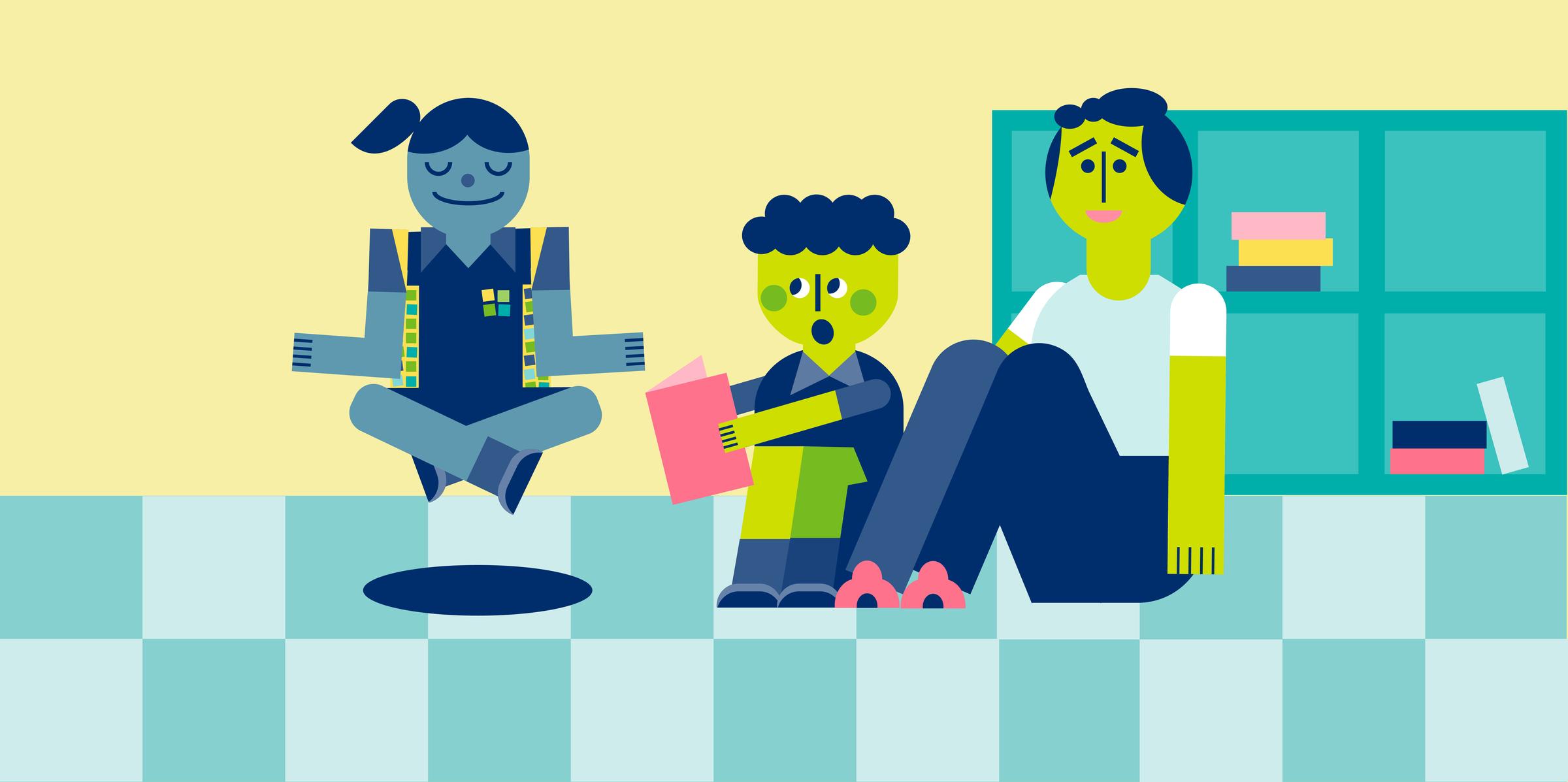The Wellbeing Page
Supporting students to stay happy, safe and connected...

The Wellbeing Page
Supporting students to stay happy, safe and connected...
SMPS diligently follows the 11 Child Safe Standards to ensure students are safe, happy, connected and achieving.
One of these is Standard 9: Physical and online environments promote safety and wellbeing while minimising the opportunity for children and young people to be harmed.
At SMPS we use devices for online learning programs, ensuring students are closely supervised, purposeful and time-limited.
We have included information below to support parents and carers in maintaining a safe online environment at home.
If your child is under 12 years old, please do not allow them to sign up for social media.
The minimum age for social media use is between 13 to 16 years old.
Many social media channels promote harmful messages, conveying unrealistic expectations of what someone should look like, or achieve.
Let's support our children to control what they consume, for example, using a device for a positive purpose linked to learning, or an inspirational video which has already been watched and checked over by an adult before the child has accessed it.
Research by Common Sense Media in 2018 found that 70% of teenagers reported feeling left out when they saw posts of activities online which they weren't invited to.
Studies show adolescents that spend more than 2 hours a day on social media are twice as likely to feel socially isolated compared to those who spend less than 30 minutes a day on social media.
Another study found that adolescents who spend 3 or more hours per day on social media are more likely to report high levels of depressive symptoms compared to those who use social media for less than 1 hour per day.
45% of respondents reported feeling anxious due to the perception of others' lives on social media.
Multiple studies have strongly linked social media use with an increased risk for depression, anxiety, loneliness, self harm and even suicidal thoughts.
Devices literally rewire our brains, and put us in a reward-seeking behaviour mode.
Device use is not always bad, but it should be deliberate, planned, positive, supervised, highly regulated and limited.
SMPS recommends:
In an ever-changing digital world, how can parents and carers support children to be safe online?
Find helpful steps from the Alannah and Madeline Foundation below:
By creating a balanced approach that combines education, communication, and practical safeguards, parents and carers can help children navigate the digital world safely and responsibly.
We understand this is easier said than done. There is so much varying information, it can be overwhelming and hard to keep up.
Parents and carers can start by focusing on a few key areas:
And the most important tool in parents' digital toolkit – open communication. Conversations are our superpower. It is critical that children and young people are encouraged to share any concerns or suspicious experiences they encounter without fear of judgement.